Today, July 26th, marked the long-awaited launch of the Shadowverse BO1 Tournament [β Test]! After seven intense rounds, only one player emerged undefeated and claimed the championship title.
The Winning Deck was…
Control Abysscraft!
This season has already seen some of the top meta decks dominate the ranked matches; Control Sword, Spell Rune, Aggro/Control Abyss, and the recently resurging Roach Forest—and they all showed up in the tournament. Every participant showed high-level play, but in the end, the champion who went 7–0 and clinched the title was ありす(Alice), piloting a unique and innovative Control Abyss build.
As someone who’s been personally researching Control Abysscraft, I couldn’t help but feel excited to see it take the win. In this post, I’d like to take a closer look at ありす’s deck and highlight what’s special about his build.
(The full tournament was streamed live and is archived on YouTube, so if you’re curious, I highly recommend watching the matches yourself!)
A Unique Approach to Control Abyss
ありす’s Control Abyss wasn’t something you’d typically see on the ranked ladder. The most eye-catching features? The use of Little Miss Bonemancer and the cut of Odin.
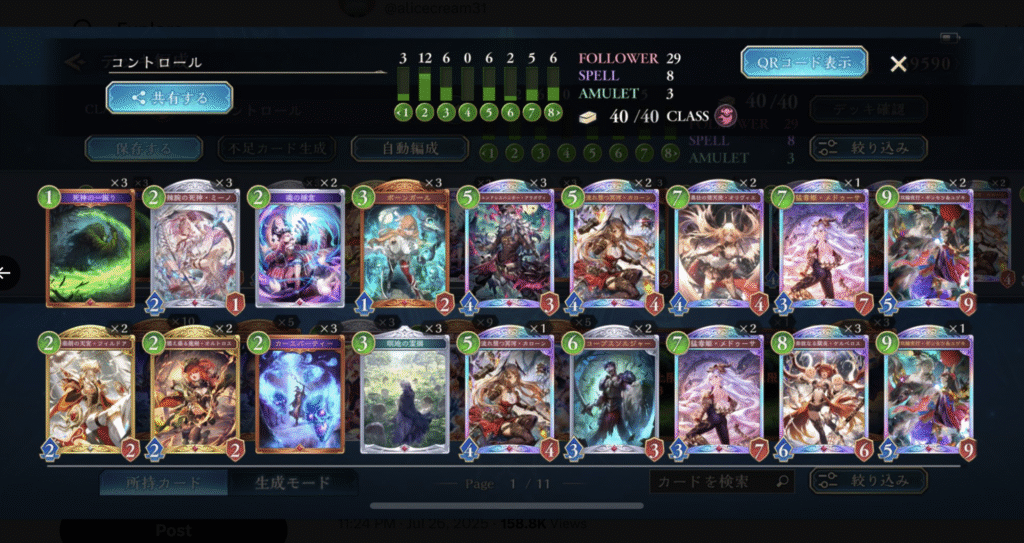
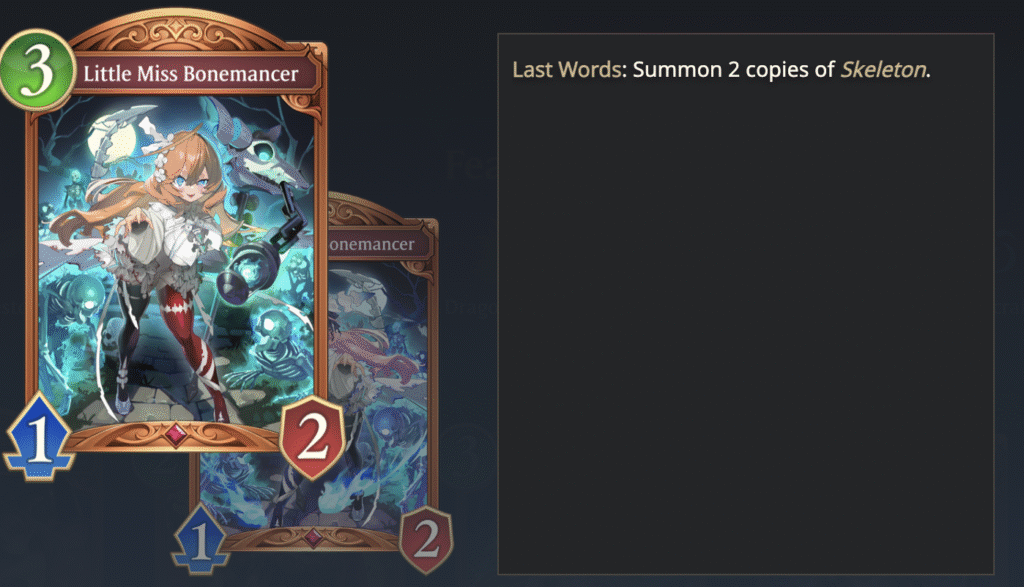
Currently, most Abysscraft decks opt for a powerful 3-cost follower, Vuella, which offers great tempo in the early game, and Bonemancer, by contrast, has disappeared from competitive lists to avoid having too many 3-cost followers in the deck. Yet Alice made the bold choice to cut Vuella and include Bonemancer instead.

While Vuella helps establish early tempo with strong stats and Rush, Bonemancer sacrifices early tempo for greater mid-to-late game board pressure. If left untouched, she or the Skeletons she summons can be evolved or buffed with Cerberus or Olivia to attack the opponent leader.
ありす’s deck clearly prioritizes mid-game control and persistent board pressure over early-game tempo. And in practice, this strategy paid off: in matches against Spell Rune, Bonemancer consistently forced the opponent to use removal cards, and made them short of resource at the end of the game. Against Swordcraft, Bonemancer, Rotting Zombie and Charon continuously created boards that were tough to answer for the opponent, especially since Swordcraft lacks AOE aside from Gildaria.
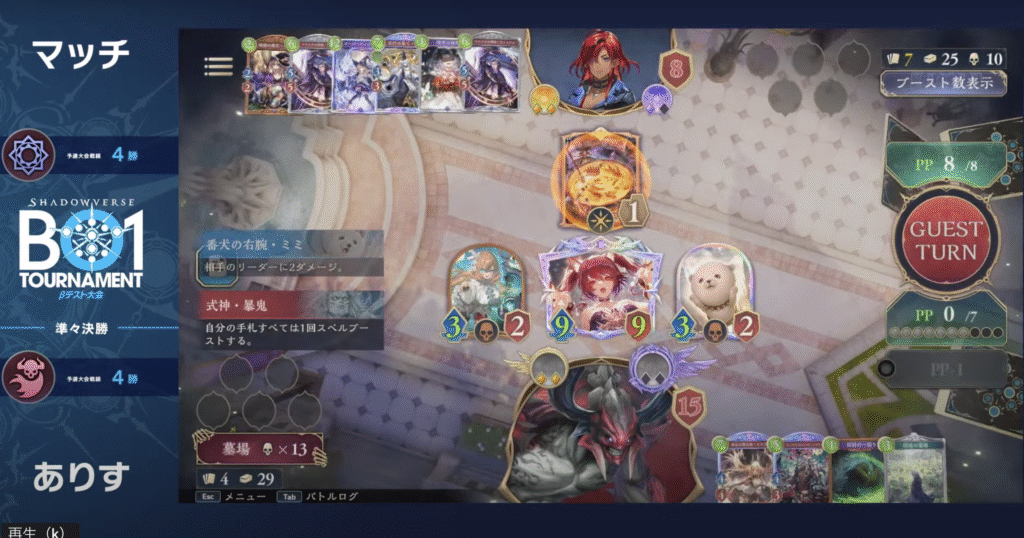
Vuella vs Bonemancer
Vuella is an undeniably powerful and flexible card. Personally, I used to include Bonemancer in my Abysscraft build last season, but as Vuella rose to prominence, I never even considered swapping her out until now.
Watching ありす’s matches, it became clear: in a meta dominated by Rune and Sword, Bonemancer’s value rises significantly, and the use of her is quite reasonable.
Why No Odin?
Another key decision in ありす’s list was cutting Odin, a card many decks use as an all-purpose damage and removal tool.
But ありす’s win condition was clear: flood the board with hard-to-remove followers and force the opponent to run out of answers. Rather than relying on direct Storm damage, the deck grinds the opponent down through sheer board pressure, making Odin unnecessary in his game plan.
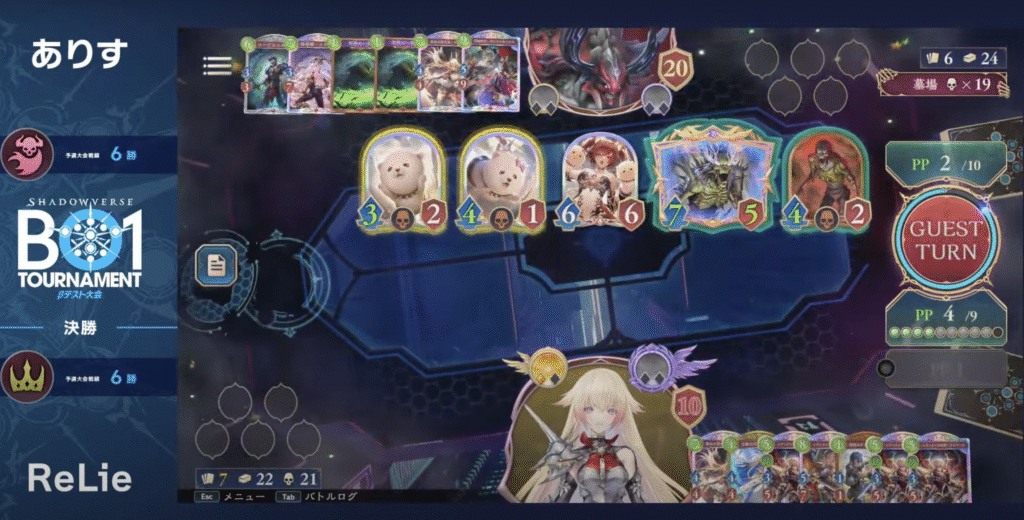
Deepness of Deckbuilding
Deckbuilding in Shadowverse is bottomless, and this tournament reminded me of that. ありす’s bold idea didn’t just work—they won. I certainly learned a lot from watching his play, and I hope others using or considering Control Abysscraft take inspiration from this as well.
If you’ve been struggling to find the right build that fits in the current meta, why not try using Little Miss Bonemancer to your list and see how it goes?
Thanks for reading, and I’ll see you in the next post!
Image Source: Shadowverse Worlds Beyond Official Site
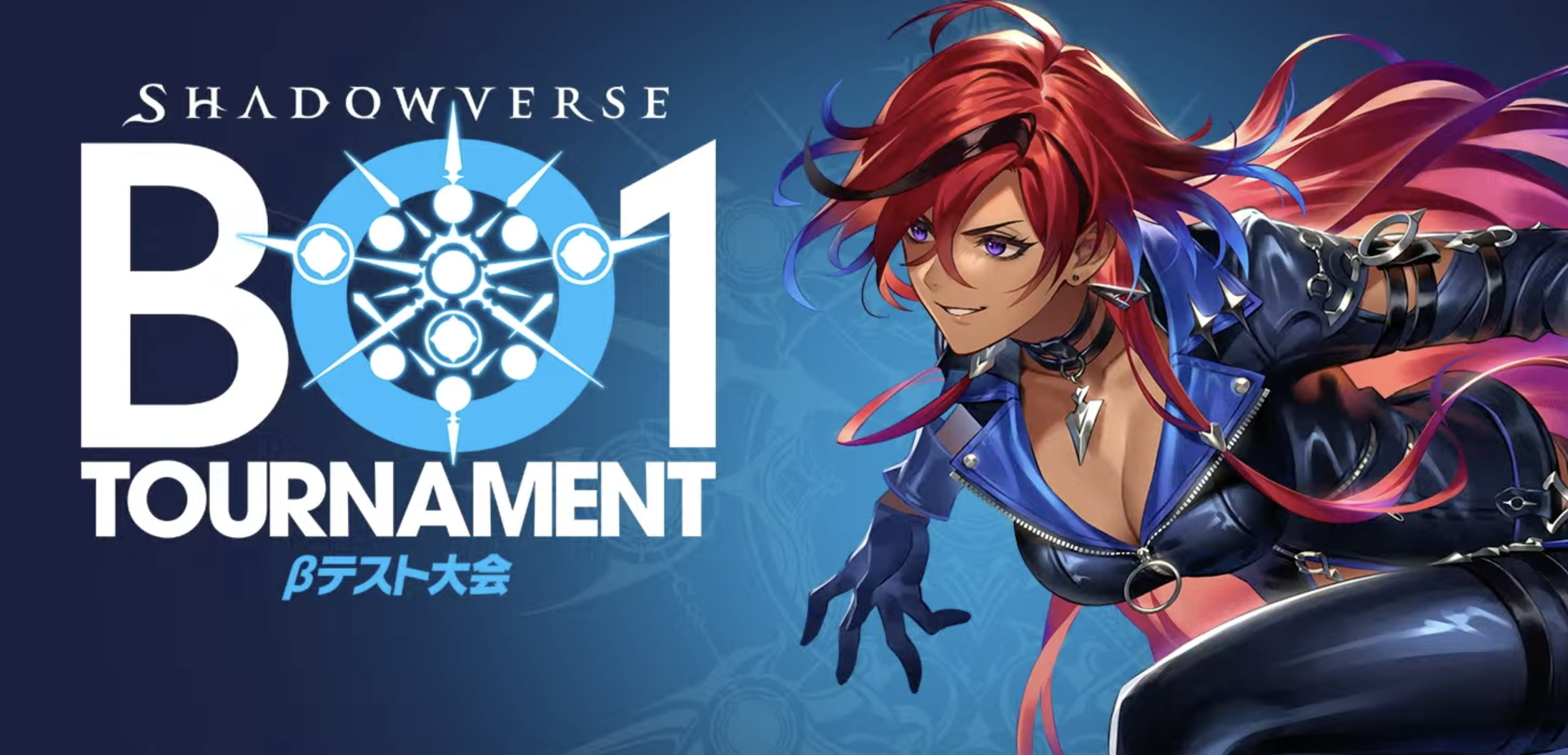
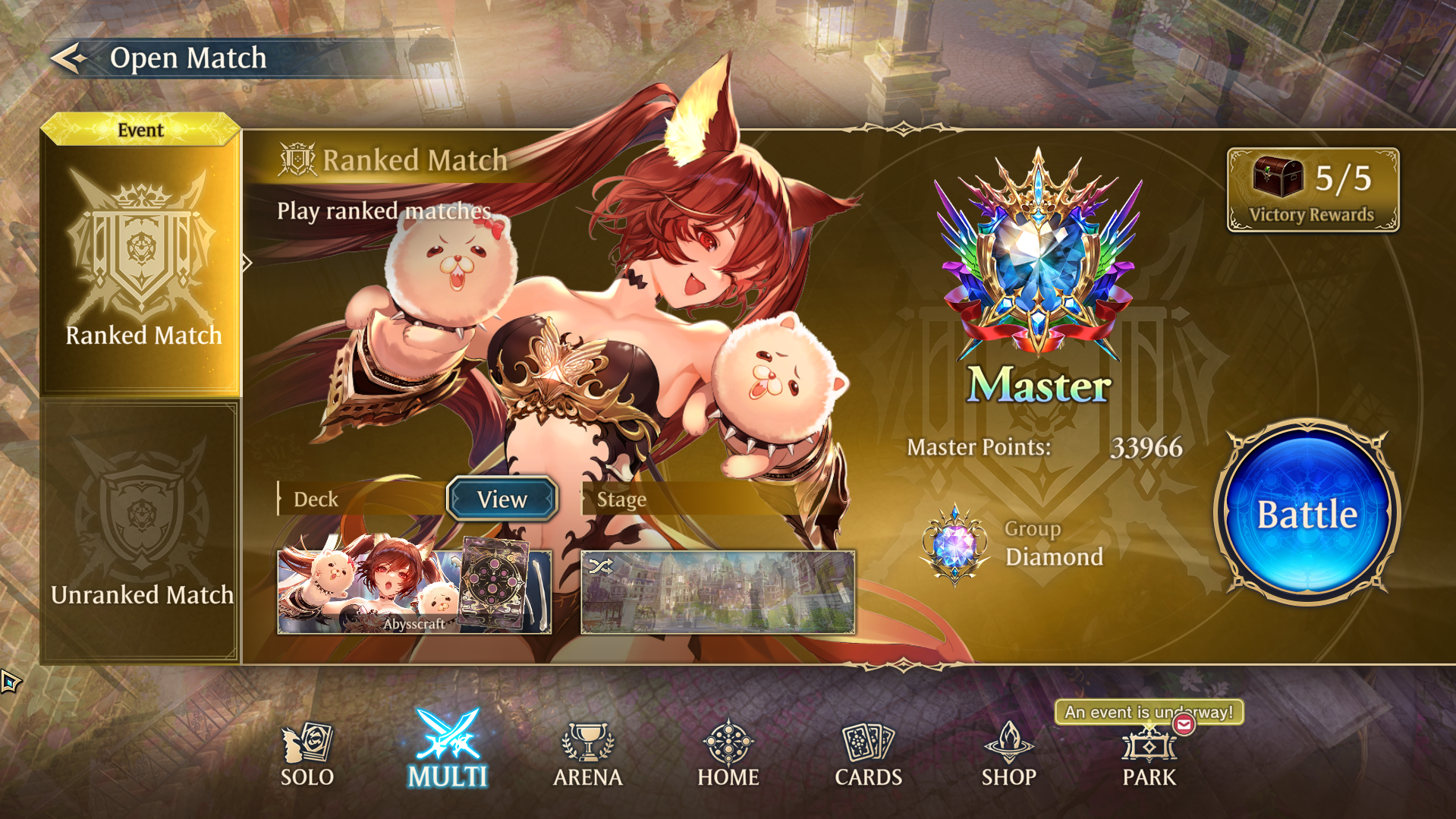

Comments
Enjoyed this article a lot. Appreciate your analysis into what made this abyss deck work, and appreciate insight into tournaments overseas (relative to me in America).
Thank you so much for your message. Hearing that really motivates me to keep writing! I’ll keep doing my best to create interesting articles, so I hope you’ll continue to enjoy and support my blog.